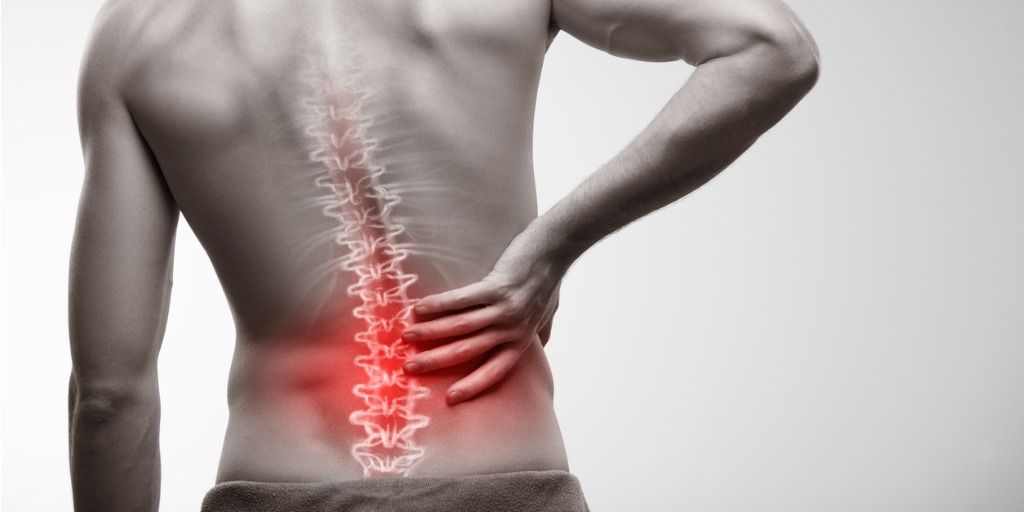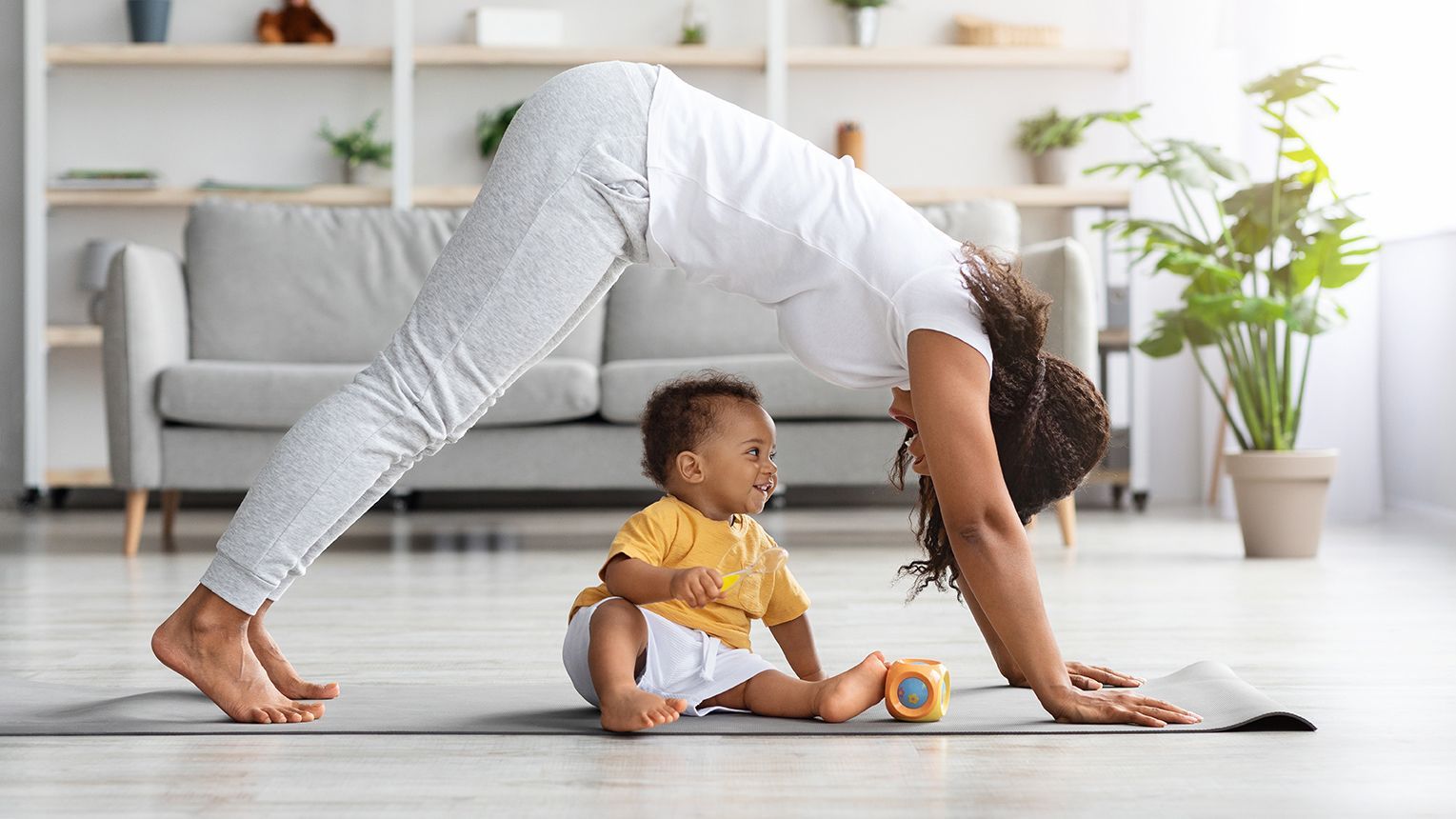Patient Interview
Patient Interview: Phulpreet was referred to us following a lower back injury he had obtained at work. Given Phulpreet’s pre-injury job role was quite heavy and labour intensive, I recommended he commence a gym-based program to ensure we had adequate equipment so he was able to demonstrate lifting capacity in order to return to full pre-injury duties. Phulpreet, however, was not 100% confident with attending the gym on his own given he had no previous gym experience. Fast forward to now, just five short weeks into his program, Phulpreet is averaging 4 weekly visits to the gym (one of these being supervised) and has gone from being certified fit to complete supervisory duties, to close to full capacity whilst also reporting a significant improvement in lower back symptoms.
I asked Phulpreet a few questions at our most recent consultation to understand how he (and I assume quite a few others) feel when we recommend a gym membership and they have not stepped foot in a gym before. I also wanted to address how he has gone from feeling quite anxious in a gym environment, to attending 4 times per week and more importantly how he feels as a result.
Prior to your injury, what is your exercise history?
“Absolutely nothing, it was all just work-related. I felt because I lifted heavy things at work, I did not really need to attend the gym because I was doing enough”.
What was your view around the gym prior to starting this program?
“I was nervous about what other people thought of me. Was I doing exercises with the right technique? What if I was doing it wrong?”
What did you expect when getting referred to us at Absolute Balance?
“I thought you were going to push me too hard I was going to be so sore and wouldn’t want to come back.”
2-3 sessions in, how did this change?
“Was such a big improvement, I started with mat work which was good to start and once you had taught me to breathe properly and release the tightness throughout my back my pain improved almost immediately. Because you taught me the technique, I didn’t even think about other people watching me at the gym. Because I felt so much better it made me want to come to the gym to get better.”
How has your perception around pain changed?
“Significantly, I don’t have to rely on other people for my daily activities and I’m no longer in pain throughout the day. It also helped me get my health back on track, I feel a lot better after coming here.”
What advice would you give to someone else who has been recommended to attend the gym but has no previous experience like yourself?
“Do not compare yourself and do not look at others for comparison, pay really good attention to your instructor as they are there for you to help you.”
At our initial assessment, Phulpreet was able to lift 5kg from floor to waist and waist to shoulder, he struggled to complete full range squats or multiple cable rotations due to on-going pain throughout his back. Phulpreet’s average pain score was 6/10 following prolonged sitting or standing and was very guarded when asked to move into lumbar flexion and extension. The photos below were taken just five weeks into his program and his average pain score has decreased to an intermittent 1/10 pain.

Given Phulpreet was quite reluctant to attend the gym given the minimal prior experience, I spent additional time throughout our sessions on teaching him correct technique, how to adjust machines, gave him a few key points on what to focus on throughout each movement and tried to limit the exercises I prescribed to one area of the gym. From speaking with Phulpreet, it was these little changes that reportedly made him feel much more confident with attending the gym as he felt no one was staring at him for doing something with wrong technique or not being able to adjust the machines.
By identifying these barriers early, it ensured that I could address these and make sure there was not going to be any push back when it came to Phulpreet’s progress and compliance to the program. This has helped immensely when proving functional capacity within the gym and making sure he was comfortable within the gym environment. Phulpreet also mentioned to me at our last meeting that he was planning on continuing his gym membership even after our supervised sessions have ceased.
Please feel free to contact our team at info@absolutebalance.com.au if you have any queries regarding how best we can help.

Channai Graham (B.Sc-Ex.Sp.Sci,Post.Grad.Dip.(Clin.Ex.Phys))
Senior Accredited Exercise Physiologist (AEP) (AES) (ESSAM)




